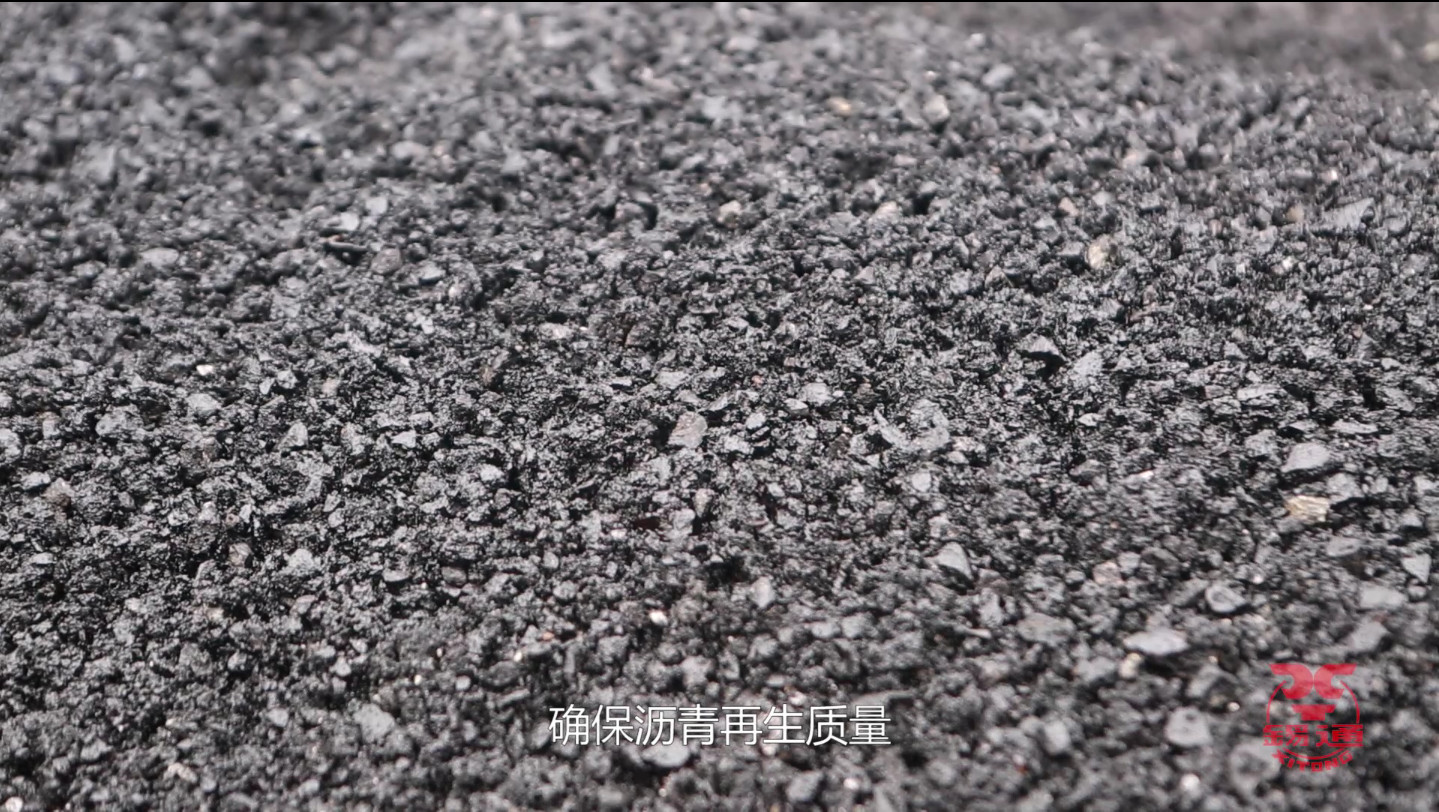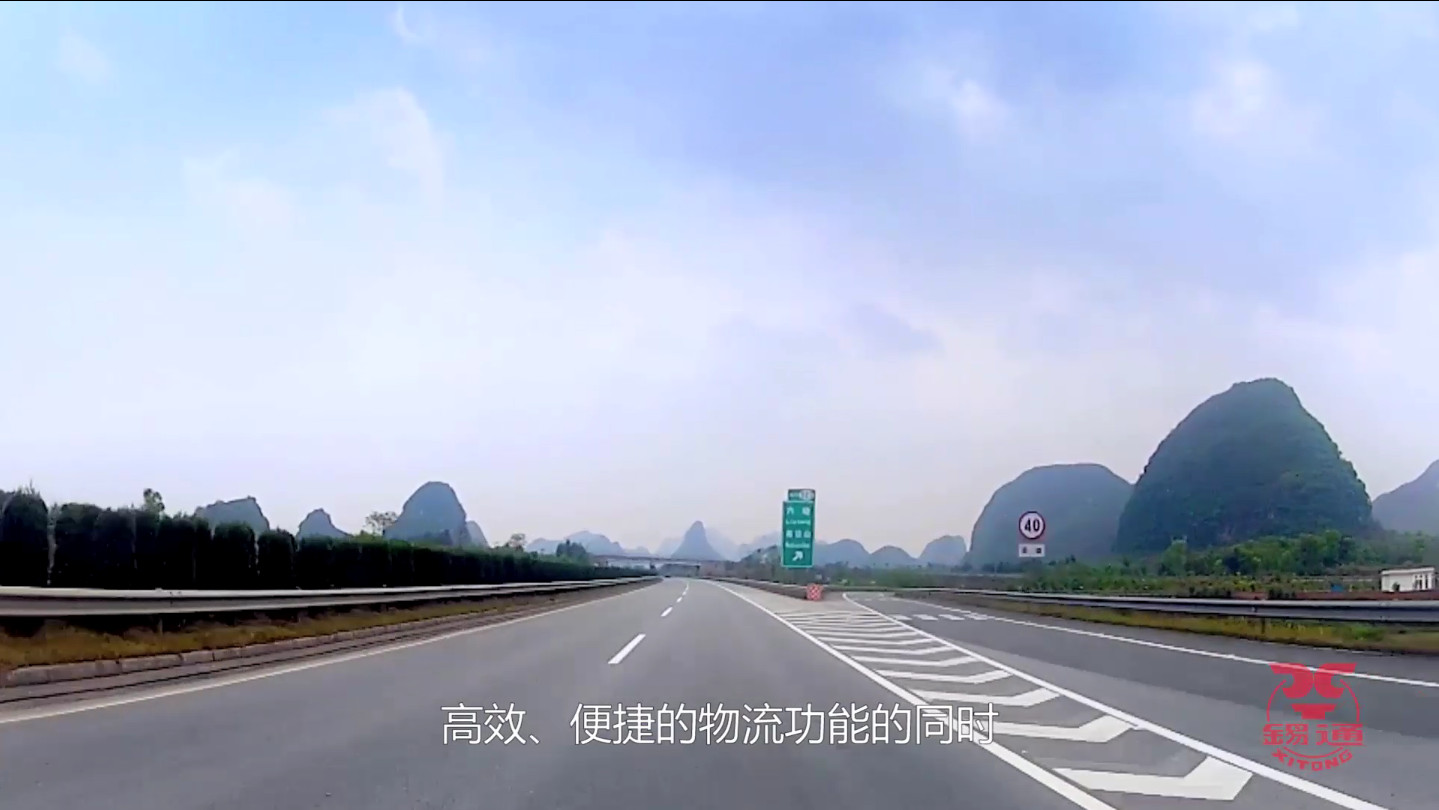Jun. 20, 2020

Asphalt mixture is a pavement structure composed of a surface layer constructed with asphalt material as a binder to bind mineral materials, and various types of base layers and cushion layers.
As the asphalt pavement uses asphalt, filler and aggregate for mixing and binding, it enhances the cohesive force between the minerals, improves the strength and stability of the mixture, and improves the durability of the pavement quality. Compared with cement concrete pavement, asphalt pavement has the advantages of smooth surface, no joints, comfortable driving, low noise, good wear resistance, low vibration, short construction period, convenient maintenance and repair, suitable for phased construction and so on. Therefore, it is getting more and more widely used.

(1) High-temperature rutting resistance, also known as high-temperature stability, that is, the ability to resist deformation of asphalt mixture caused by repeated action of flow load under high temperature conditions;
(2) Low temperature crack resistance, that is, the ability to resist low temperature shrinkage cracks caused by cooling;
(3) Water stability, also known as resistance to water damage, that is, the ability to resist the erosion of the asphalt mixture by water gradually produces the peeling, peeling, loosening, and pitting of the asphalt film;
(4) Fatigue resistance, that is, the ability to resist the damage of the asphalt mixture under repeated loads;
(5) Anti-aging performance, that is, the ability to resist the gradual loss of viscosity and toughness of asphalt mixtures due to weather;

Navigation
+86 510 8536 3108 ext 8309
+86 138 6172 8715
+86 510 8536 1108
No.88 Xuedian South Road, Shuofang Town, Xinwu District. Wuxi, Jiangsu, China
Follow Us